OSMR Cell Screening Model
Oncostatin M (OSM) was discovered in 1986 by isolation and purification from the culture supernatant of PMA-activated U937 cells, and was named for its ability to inhibit the proliferation of melanoma cells in vitro. It is a member of the interleukin-6 cytokine family, and is the successor to IL-6, leukemia inhibitory factor (LIF), tumor necrosis factor (TNF), ciliary neurotrophic factor (CNTF), cardiotrophic factor 1 (CT-1) and Another important biologically significant cytokine discovered after cardiomyokine-like cytokine (CLC). OSM can bind to gp130/OSMR complex and gp130/LIFR complex and activate downstream signals, among which OSMR is an important receptor subunit for OSM and IL31, and is widely distributed in a variety of tumor cells, nerve cells, fibroblasts, The surface of endothelial cells and epithelial cells.
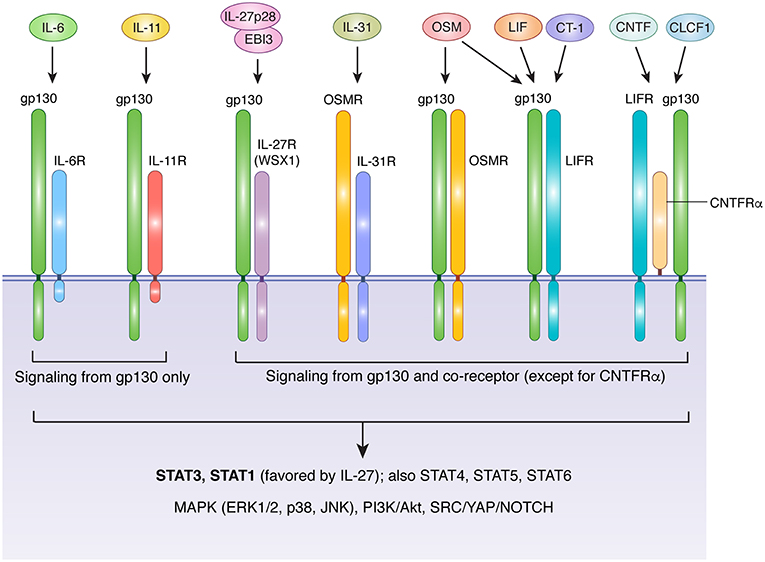
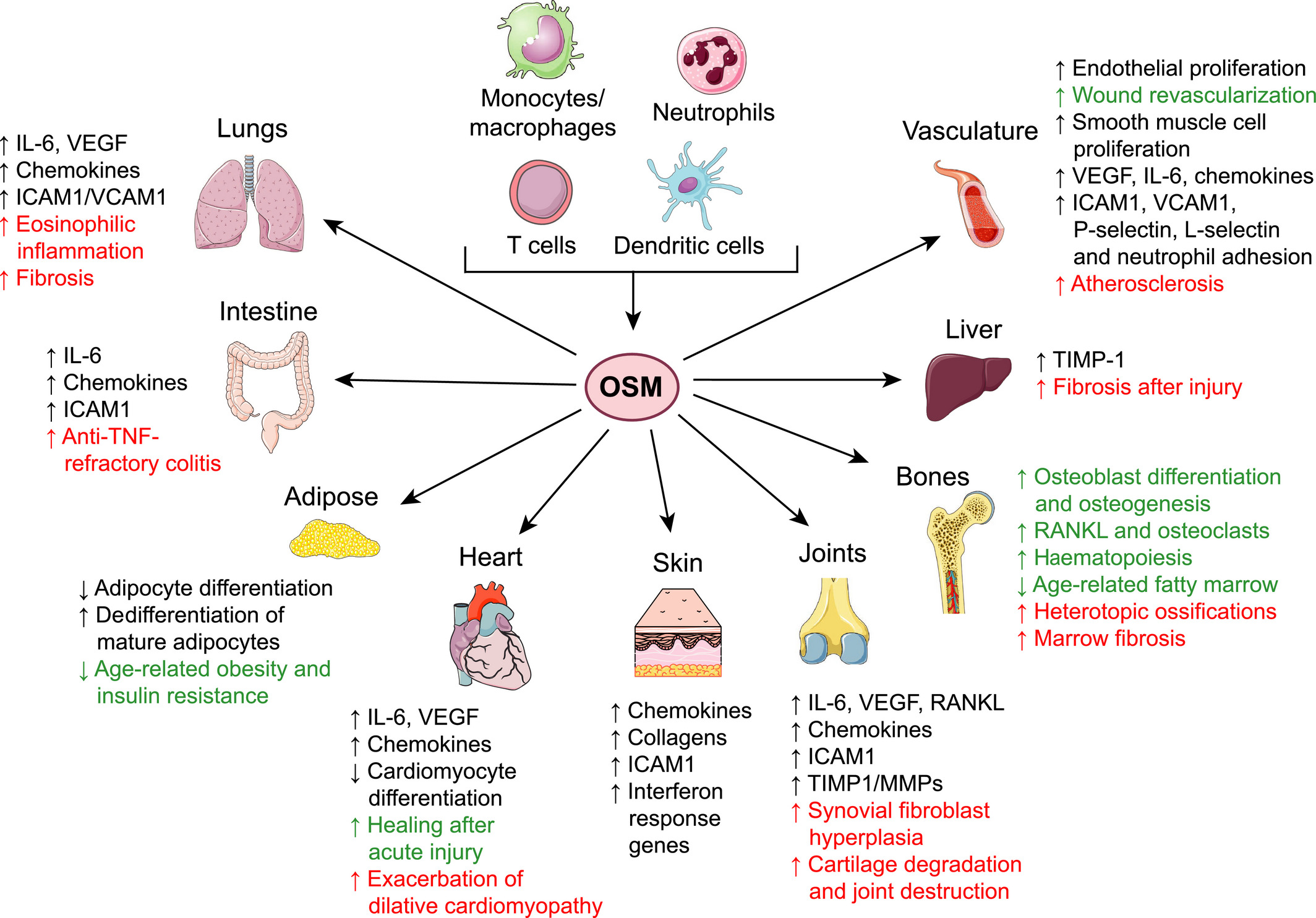
Current research evidence shows that activation of OSMR and its downstream signaling pathways has the following biological functions:
1. Increase the production of inflammatory chemokines and cytokines, help tissue repair after injury or trigger an inflammatory response.
2. Inhibit the proliferation of Th17 cells and induce dendritic cell (DC) maturation, triggering an inflammatory response;
3. Inhibit the growth of various tumor cells, and can induce the differentiation of some tumor cells;
4. Drives inflammation and mucus production pathways in epithelial and mesenchymal cells, one of the main drivers of severe asthma, and the use of OSM-specific blocking antibodies can reduce inflammation and mucus production;
5. It can regulate the proliferation and metabolism of glioblastoma, especially stem cells in glioblastoma. Targeted inhibition of OSMR can improve the response of glioblastoma to radiotherapy and reduce the occurrence of drug resistance.
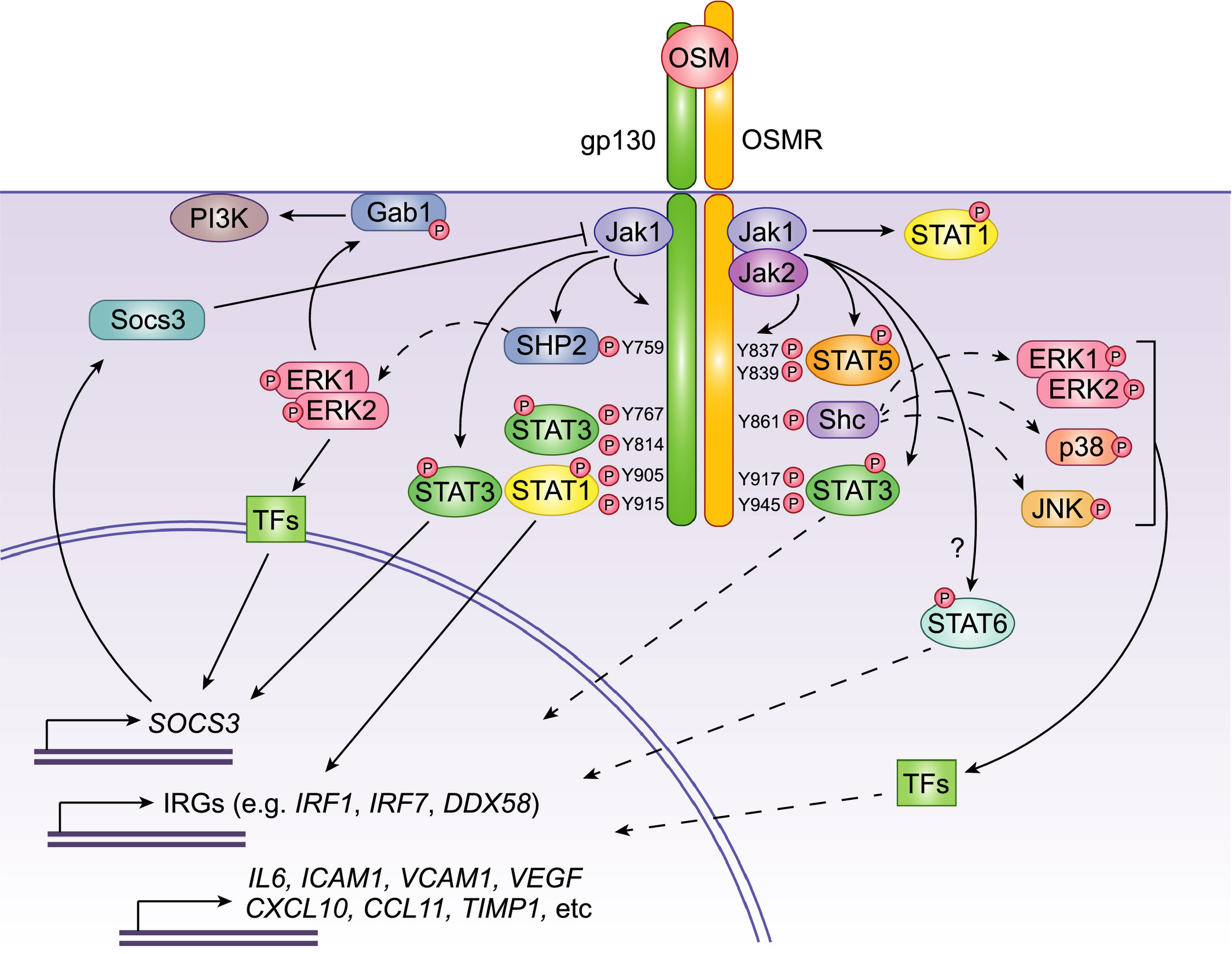
The OSM/OSMR axis can be targeted by a variety of approaches, including:
(A) Monoclonal antibody or fusion protein that binds to OSM;
(B) Monoclonal antibodies targeting OSMR and blocking ligand binding;
(C) Bispecific antibodies targeting OSMR and other inflammatory cytokines;
(D) Small molecule inhibitors targeting OSMR/gp130 and downstream signaling pathways.
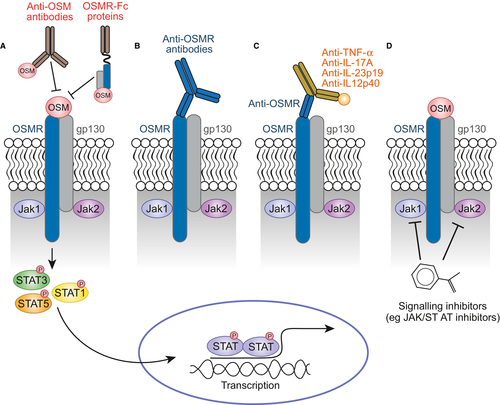
Current status of OSMR target drug development
Currently, only one vixarelimab drug is in the clinical research stage of the OMSR target, and the rest are in the preclinical stage. vixarelimab is a fully humanized monoclonal antibody targeting OSMR jointly developed by Kiniksa and Genentech, which can simultaneously block the signaling of two OSMR-related cytokines (IL-31 and OSM), and is currently in the clinical phase II , which was granted breakthrough therapy designation by the US FDA in November 2020 for the treatment of pruritus associated with prurigo nodularis.
OSMR target drug cell screening model
In response to the needs of OSMR target drug development and research, Kebai Bio has developed the OSMR Effector Reporter Cell drug screening cell line. Some data are shown as follows:
OSMR Effector Reporter Cell RQP74157
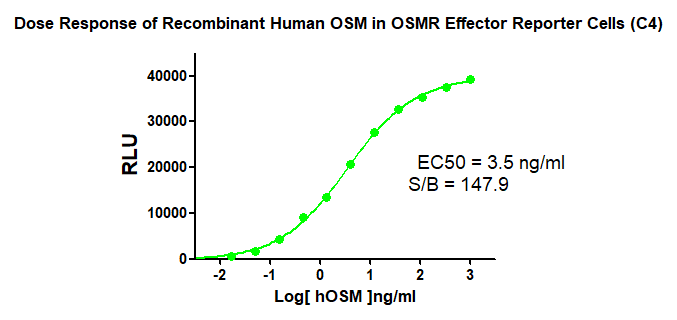
Figure 5. Dose Response of Recombinant Human OSM in OSMR Effector Reporter Cells (C4).

Figure 6. Inhibition of hOSM-induced Reporter Activity by OSMR Blocking Ab in OSM Effector Reporter Cells (Clone4).

